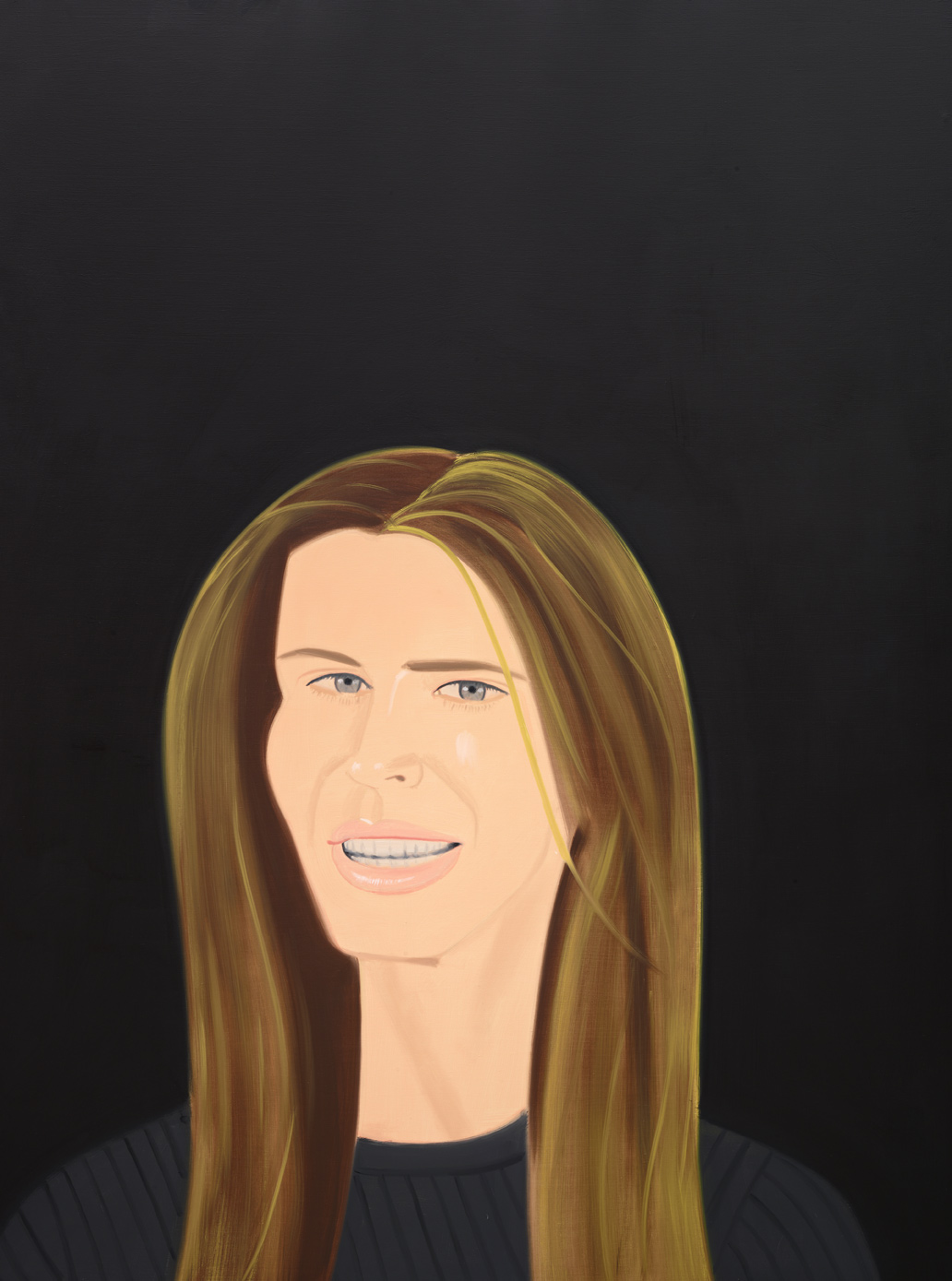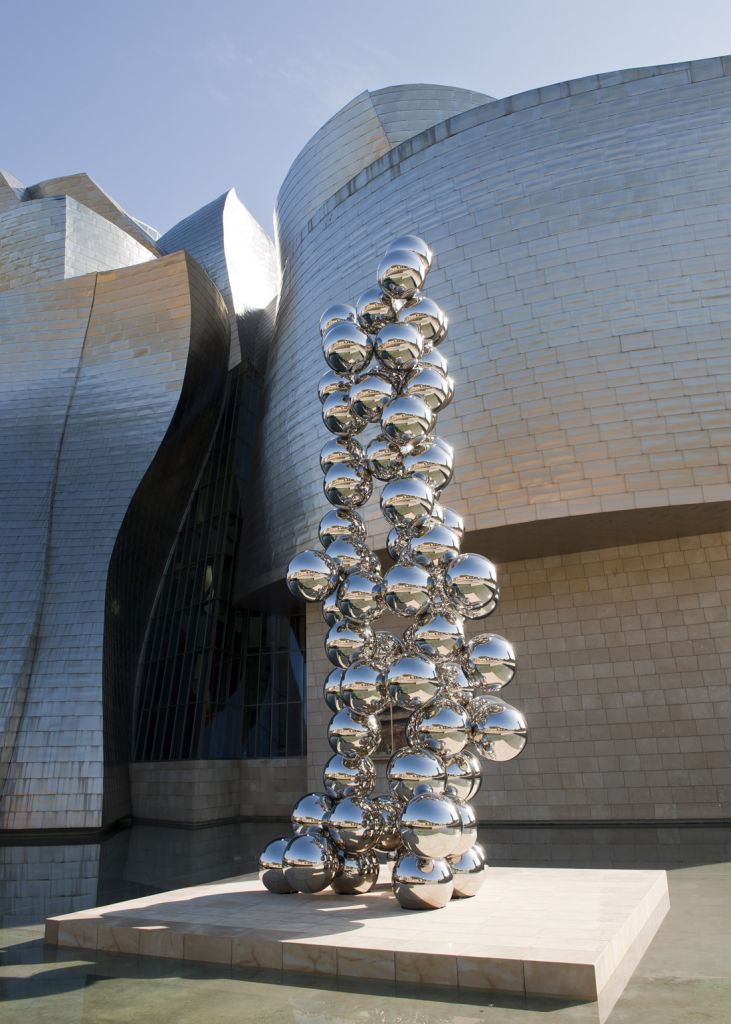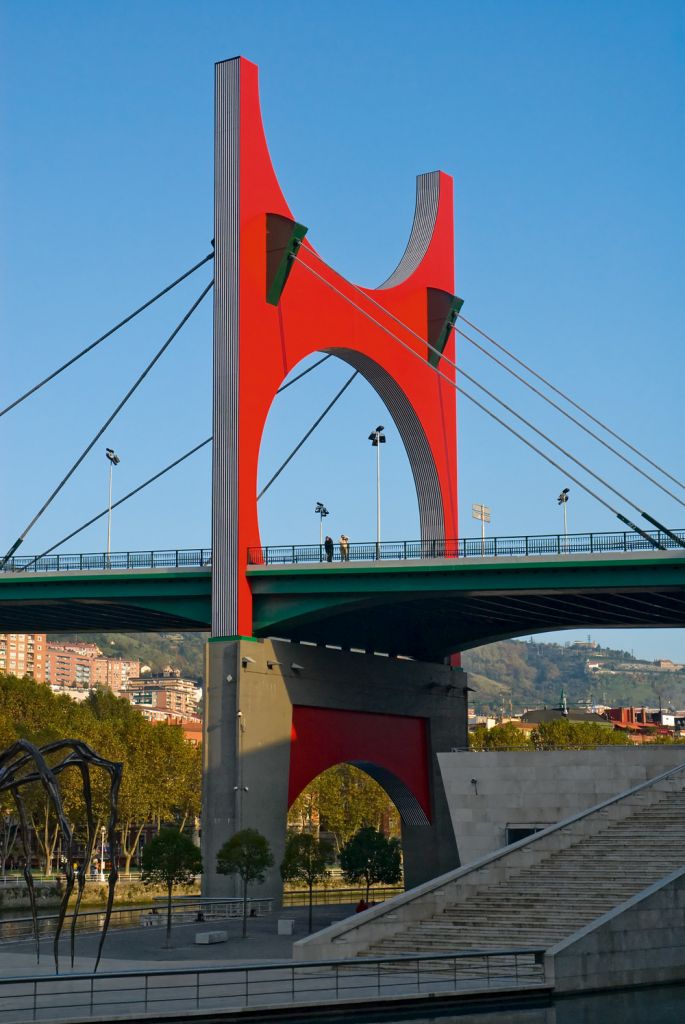Fire Fountain
1961FireSite-specific dimensions
Hours depend on the time of the year. Klein’s Fountain is active every fifteen minutes for one minute, within these hours:
November–February: 6:30 pm-7:30 pm
March: 7:30 pm-8:30 pm
April: 8:30 pm-9:30 pm
May-July: 9:00 pm-10:00 pm
August-September: 8:30 pm-9:30 pm
October: 7:30 pm-8:30 pm
In his brief, seven-year artistic career—cut short by his premature death in 1962—Yves Klein created a heterogeneous and critically complex body of work that anticipated much of the art of the succeeding decades, from Conceptual art to performance art. Although Klein began by creating monochrome canvases in the mid-1950s, he abandoned the specificity of the pictorial in favor of a conception of art as independent of any particular medium or technique. A postmodern artist ahead of his time, Klein conceived of art that was invisible, composed the Monotone Silence Symphony (Symphonie Monoton Silence), imagined an "air architecture," presented his actions in public, turned to photography, and commissioned "documentation" recording his more ephemeral works. His program focused less on the particular skill of the artist and more on the artist's ability to put forth a mythic presence generating works in every genre: "A painter has to create only one masterpiece—himself, constantly—and to become a kind of atomic battery, a kind of generator of constant radiation that impregnates the atmosphere with all of his pictorial presence, which remains fixed in space after he passes through it."[1]
Fire Fountain (1961) is the realization of a project that the artist never had the opportunity to complete during his lifetime. In a lecture at the Sorbonne in 1959, Klein spoke of his long-standing vision for a "project for a public square, of an area of water above which streams of fire would dance rather than streams of water."[2] According to the artist, this idea had originated from his encounter with the fountains and jets of water in the 18th-century-French-formal-style gardens at the Royal Palace of La Granja de San Ildefonso, the former summer residence of the Spanish monarchy near Madrid: "I imagined replacing, on the surface of the calm water in these pools, the elegant jets of water of these pools with brilliant jets of fire. Sculptures of fire above the water . . . Why not?"[3] A series of sketches suggest that Klein was already interested in creating a fire sculpture in 1958–59, and one of the first "invention patents" requested by him refers to "combined jets of water and fire in a pool." For his retrospective exhibition at the Museum Haus Lange in Krefeld in 1961, a year before his death, Klein succeeded in partially realizing his vision: a "wall of fire" comprising approximately fifty Bunsen burners was erected on the lawn in front of the Mies van der Rohe villa, while nearby a single intense flame (or "fire fountain") rose from the ground.
In the posthumous realization of Fire Fountain in Bilbao, a row of five fire fountains have been installed in a pool outside the Frank Gehry building. The flames, aligned in a row, are reflected on the calm surface of the water. This work testifies to Klein's deep interest in fire, one of the "four elements" of ancient tradition: besides the works mentioned above, Klein also created a series of Fire Paintings in 1961, achieved by applying a blowtorch to chemically prepared surfaces. Fire—enzyme of life and agent of civilization, the provider of numerous benefits and comforts, as well as a destructive force, an eternal threat—is usually associated with memory and worship of the dead. Devoid of grandiloquence, Fire Fountain nevertheless alludes obliquely to the origins of civilization, and even to the very beginning of the world. In 1959, before any of his fire projects had been realized, the artist declared: "Fire for me is the future without forgetting the past."[4
1. Yves Klein, "Quelques extraits de mon journal en 1957," in Klein, Le dépassement de la problématique de l'art (La Louvière, Belgium: Éditions Montbliart, 1959), pp. 43–44.
2. Yves Klein, "L'évolution de l'art vers l'immatériel," in Klein, Vers l'immatériel (Paris: Dilecta, 2006), pp. 67, 132–33, and Klein, Le dépassement de la problématique de l'art et autres écrits, ed. Marie-Anne Sichère and Dider Semin (Paris: École Nationale Supérieure des Beaux-Arts, 2003), p. 140.
3. Ibid.
4. Ibid.
Sources:
Denys Riout. "Yves Klein." In Guggenheim Museum Bilbao Collection. Bilbao: Guggenheim Museum Bilbao; Madrid: TF Editores, 2009.
Nancy Spector. "Yves Klein." In Spector, ed. Guggenheim Museum Collection: A to Z. 3rd rev. ed. New York: Guggenheim Museum, 2009.
Original title
Fire Fountain
Date
1961
Medium/Materials
Fire
Dimensions
Site-specific dimensions
Credit line
Guggenheim Bilbao Museoa

![Large blue Anthropometry [ANT 105] | Yves Klein | Guggenheim Bilbao Museoa](https://cms.guggenheim-bilbao.eus/uploads/2012/05/Klein_Y_La-gran-Antropometria-azul-1024x686.jpg)




